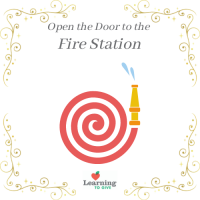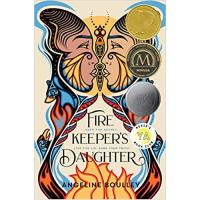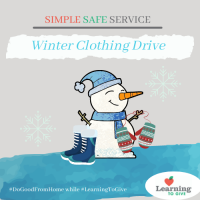Every community has fires and other emergencies that require help from firefighters trained to put out fires, rescue people, and assist in medical emergencies. They also have machines and an adequate water supply to put out fires. Some communities have volunteer fire departments, and others hire career firefighters. Learn about this organization and how you can help.
Open the door to the family farm and find out how farmers produce food and make your community a better place. We need family farms that support their communities while using practices that are good for the soil and air. Some family farms find creative ways to support their farm business by attracting visitors, having a farm market, or raising unusual foods or animals. Learn about this organization and how you can help.
Open the door to your local early childhood care center and find out how organizations that care for young children make your community a better place. An early childhood learning center is led by professional educators who understand how children learn and thrive for optimal development. Every community benefits from good quality early childhood development, which can occur in childcare facilities or in the child's home. Learn about this organization and how you can help.
A story of cultural identity and belonging, Firekeeper's Daughter is suspenseful and smart. When Daunis loses someone close to her, she becomes deeply engaged in an FBI investigation of a drug that is tearing the Northern Michigan community apart. A clash between her father's Indigenous...
Open the door to your local animal shelter and find out how organizations who care for homeless animals make your community a better place. Animal shelters provide a service to ensure cats, dogs, and livestock receive these basic needs. Learn about this organization and how you can help.
Open the door to your local U.S. Post Office and find out how letter carriers make your community a better place. In addition to delivering mail, the Postal Service honors famous people, raises money for issues like breast cancer and environmental concerns, and serves as community connectors. Learn about this organization and how you can help.
The "Open Doors to Your Community" project is a virtual door that guides young people to the actual door of local resources so they can learn about their community, take action, and build connections and understanding of their roles in community.
What Is the Purpose...
A Simple Safe Service project from home: Winter weather can make being outdoors uncomfortable and even dangerous, so having the right clothing can boost our mental and physical health and even save lives. Not everyone has warm socks, jackets that fit, waterproof boots, and thick mittens. Find out if there is a need in your community and use your voice to collect and donate winter clothing.
In this story, Charles Dickens tackles the meaning of Christmas and the impact of greed on the individual and on the community. Originally published in 1843, "A Christmas Carol" has remained popular throughout the years. It challenges the reader to consider the importance of philanthropic...
This resource was developed in collaboration with the Council of Michigan Foundations (CMF) Youth Philanthropy Task Force powered by Michigan youth, CMF members, and nonprofit leaders. For links to all the resources,...









